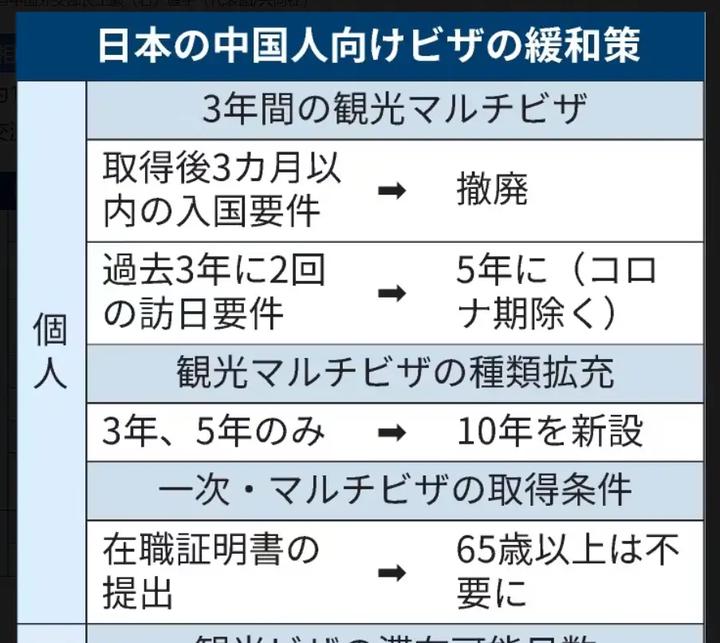Japan's 10-Year Tourist Visa for Chinese Citizens
Japan plans to introduce a 10-year multiple-entry tourist visa for Chinese citizens in spring 2025, along with extended stay periods for group tours from 15 to 30 days, aiming to boost economic and cultural exchanges.

The announcement of Japan’s new 10-year tourist visa policy marks a significant shift in Japan-China travel relations. This unprecedented move represents Japan’s first 10-year visa offering to any country, targeting high-net-worth individuals from China with substantial financial resources.
The policy changes include several key components beyond the headline 10-year visa. For group tours, the maximum stay duration will double from 15 to 30 days. Additionally, Chinese citizens aged 65 and above will no longer need to submit employment certificates for individual visa applications.
Economic implications of this policy are multifaceted. Travel data shows Chinese tourist bookings to Japan have already increased by over 160% this year, with Tokyo, Osaka, Nagoya, and Fukuoka emerging as preferred destinations. The new visa policy could accelerate this trend, particularly among affluent Chinese travelers.
However, this visa program appears specifically designed for high-income individuals. While exact financial requirements haven’t been announced, speculation suggests the income threshold will be substantial, potentially requiring annual earnings exceeding 1 million RMB. This targeting of wealthy travelers reflects Japan’s strategic approach to tourism development.
The policy also shows Japan’s careful balancing act. While seeking to attract high-value tourists, Japan aims to maintain strict entry controls. This approach addresses both economic opportunities and potential management concerns, demonstrating Japan’s precise policy calibration in international tourism.
For the tourism industry, impacts will likely concentrate in specific sectors. Popular activities among Chinese visitors include exploring traditional cultural areas, visiting entertainment districts, and shopping for Japanese products. The extended stay duration could particularly benefit these sectors by encouraging longer trips and increased spending.
Japanese businesses are preparing for increased Chinese tourism, especially in major cities. However, some concerns exist about capacity management and maintaining service quality with potentially higher visitor numbers. The policy’s focus on wealthy travelers may help address these concerns by naturally limiting total visitor numbers while maximizing economic benefit.
This visa policy reflects broader changes in Japan-China relations. As economic ties evolve between these major Asian economies, tourism serves as a significant bridge for cultural exchange and business connections. The policy’s implementation in spring 2025 will likely influence future bilateral relations beyond just tourism.